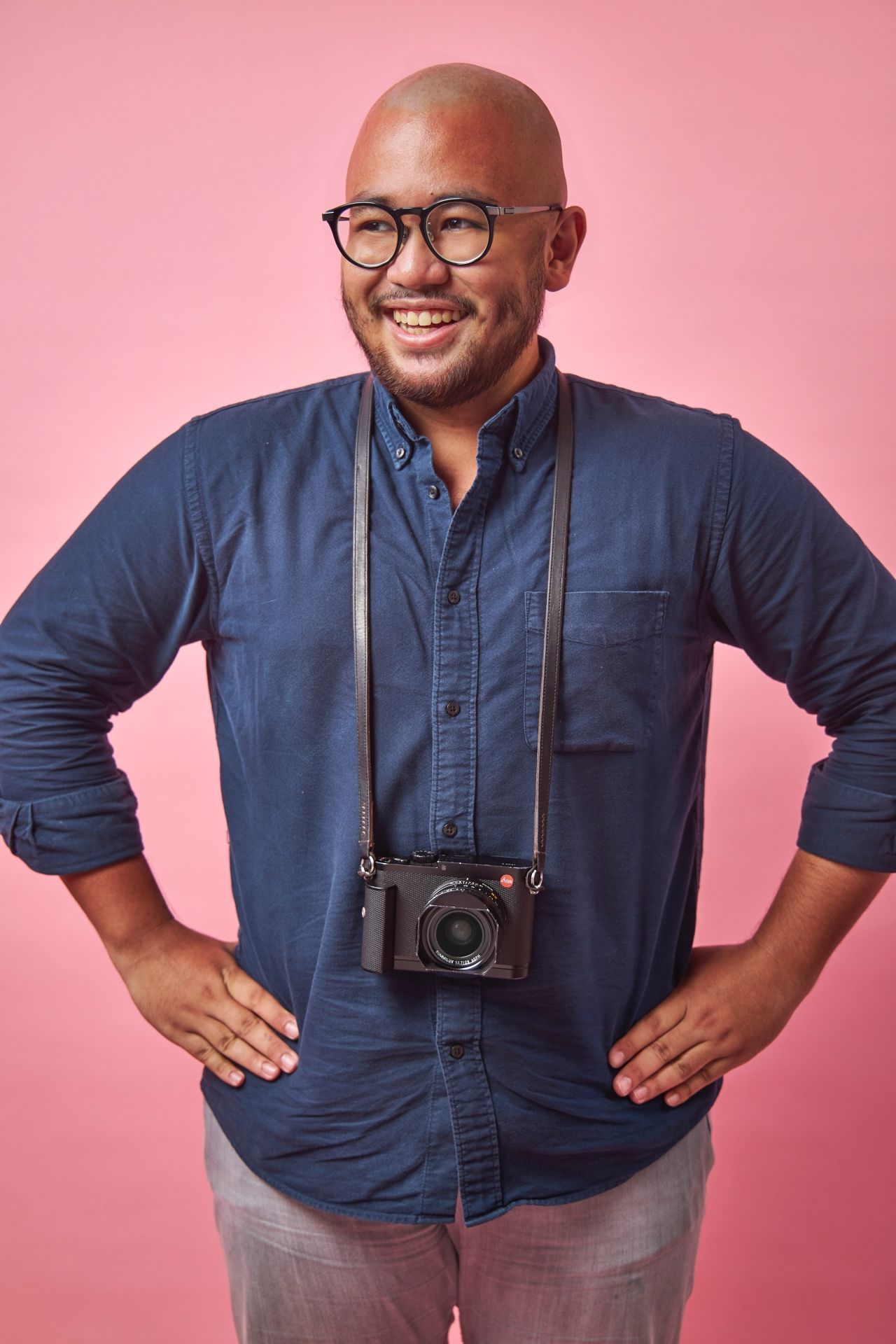Photographer Ezra Acayan’s work focuses on social issues and human rights in his native Philippines. This year his work was nominated for a Pulitzer Prize. He talks to Gen.T about his journey so far
“When I was a kid I was always interested in looking at pictures, but not just any type of pictures. [I liked] those that appeared in newspapers like Time and National Geographic—pictures taken by photojournalists,” says Ezra Acayan. “It was like a window to the world for me when I was just a child in the Philippines.”
In high school, Acayan’s father brought home a digital camera, sparking his initial interest.“Fast forward to college… I remember I was studying photography on the internet, and suddenly I recalled my childhood fascination with those photos taken by photojournalists, and I thought to myself: Why don't I try creating work like this?” Acayan says.
Today he is a decorated photojournalist whose work has appeared in numerous media outlets. In June 2021 he was nominated as a finalist for a Pulitzer Prize in the Feature Photography category, for his coverage of the Covid-19 pandemic in the Philippines. He told ABS-CBN that getting nominated was "one of the biggest honors of my life and my career”, adding that he feels “privileged to tell stories from our little corner of the world in this global tragedy that changed all our lives."
We talk to Acayan about everything from his work covering the war on drugs in the Philippines to his latest coverage of the Covid-19 pandemic.
Do you remember the first few images you ever shot?
The first pictures I took were really the usual stuff that everyone takes when they’re starting out. I remember I was in high school, so I was taking pictures of my mother’s garden. And then when I moved out for college, I mainly took photos of my college friends and things that were happening around that school. That’s when I switched to photojournalism and started taking photos out of school.
How has your photography evolved since you began?
These days, I shoot mostly news. My focus is mainly on politics, social issues, human rights issues—and I also shoot a lot of stories that are related to religion. I guess I just want to shoot whatever is important. For example, when the Duterte administration started, I shot a lot of stories on the war on drugs. For three years that’s what I focused on. I probably covered more than 1,000 crime scenes, and attended more than 100 funerals because I was really closely following this story.
Right now, the past year has just been covering the Covid-19 pandemic, which has also been very memorable. It really changed the way we work and the way we cover stories, because there is not only the risk to yourself and your family, but you can also put your subjects at risk. But I guess photojournalism isn’t the kind work that you can do at home; you still have to go out.

